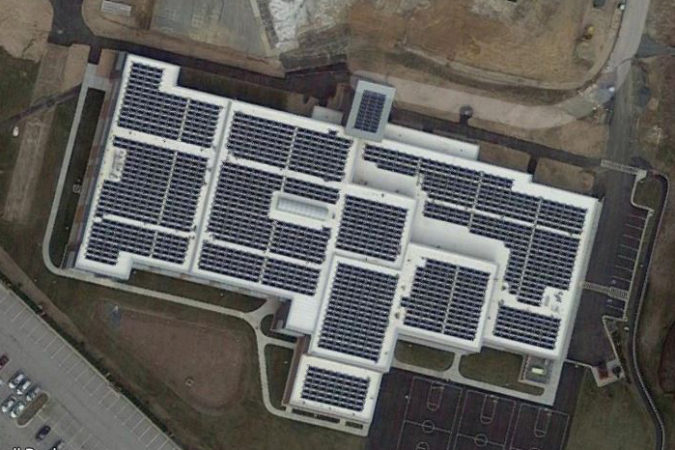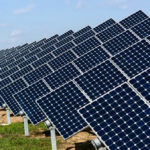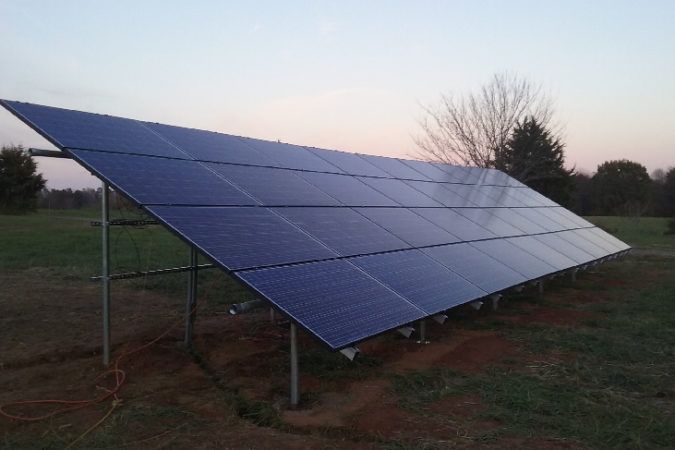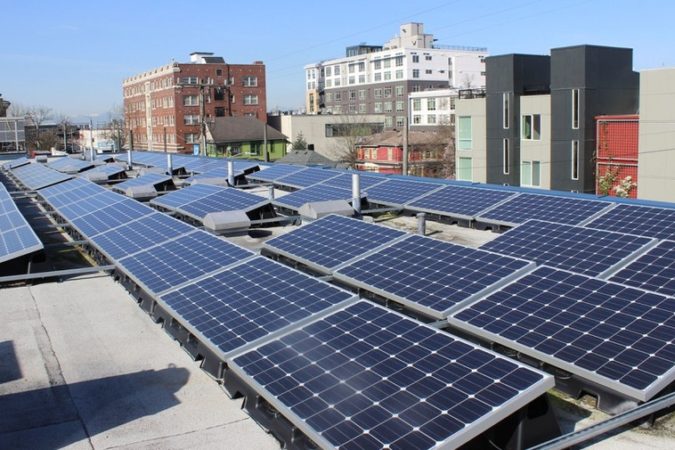providing economically advantageous solar options
Based on industry research and client need assessments, we have designed three main “packages” which our new workforce can implement and maintain over the expected life cycles of solar systems.
The Solar Energy Initiative
Identifying proper use for Underutilized property, including design, installation, and maintenance of large arrays (50kw+) fulfilling the need for solar clean energy within the school.
The Transportation Initiative
Buses and vehicle to grid technology. Incorporates the BUS, Charging Station, and Carport Array components, allowing for a clean and fuel efficient source of energy for Buses and cars alike.
The Safety Initiative
Parking lot arrays in cohesion with the police car charging stations. Along with local police department partnerships, police cars will be invited to charge their vehicles at the school, dominating a safety presence for the school while sharing local resources.






